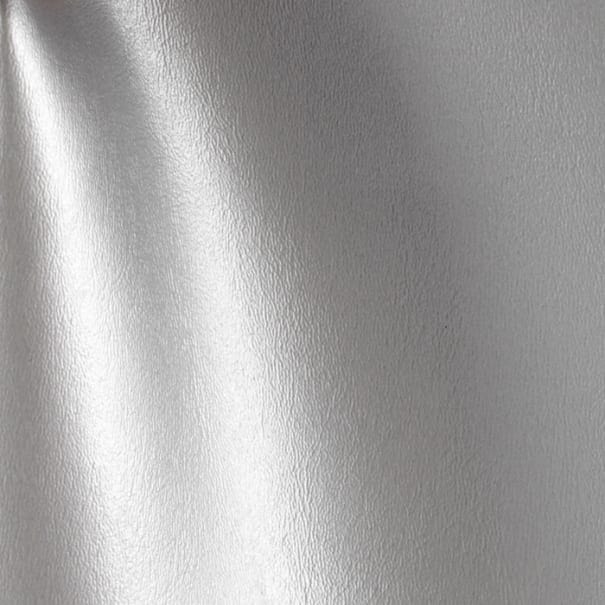HOW TO REMOVE TILE AND GET THE INTENDED EFFECT?
To begin with, you need to decide on the result you want to achieve. If you want to simply remove all tiles in order to completely change the decor and you are not going to use the old tile in your decorative schemes further, you will solve the problem with least possible trouble. But if you need to remove all the tile with the aim to use them in future and you need to avoid damages as far as it is possible, your approach to tile removing will be completely different. And if you want to remove only one or several pieces (for example, when they are damaged and you need to replace them with new pieces), then this task will require more efforts along with specific approach.
In any case, tile removal is quite a risky process with unpredictable results, and you need to understand that there is no guaranteed way to achieve the indented effect. The complexity of the process and the final result will depend on several factors:
- quality of tile setting;
- type and quality of adhesive composition;
- age of your tile;
- type of surface under the tile;
- your skills, patience and precision.
Besides, there may be some other specific details affecting the process. For example, it is easier to remove tile of regular shapes (square, rectangular) and average size, while ornately shaped accents, such as these ceramic tiles, may make you sweat and toil. Some experts recommend considering material as, for example, porcelain tile is more brittle than ceramic tile, so it is harder to remove porcelain tile without damage. Thus, you need to keep in mind all the factors when opting for a certain method from those listed below.
HOW TO REMOVE CERAMIC TILE: 3 METHODS TO CHOOSE FROM

This method is suitable in cases, where you need to remove only a few old or cracked tiles without damaging others. It requires much carefulness, since you can easily damage tiles next to the target piece by one careless movement. To avoid this, start with removing grout surrounding the tile you need to take away. You can do this with the help of a knife or a chisel or any other tool, which is thin and strong enough.
Tips: To make the task easier, you can wet the grout around the tile and leave it for some time (i.e. for a night). Another method lies in heating the grout in joints in order to soften it with the help of a heat gun or a hairdryer. When choosing this method, heat a small section of grout, then scrape it and then move to another section.
Try to remove the grout until spacer lugs are seen. Then you can weaken the tile further by drilling holes in it using an electric drill – since you are not going to use the old piece anyway, it makes no difference whether it is damaged badly or not.The next step is to carefully insert a chisel or any other flat and hard tool under the tile and to start tapping on the tool with a hammer, trying to split off the tile from the surface. Be careful in order to avoid damaging the surface under the tail, if you are not going to renovate it. When the tile is removed, proceed with removing the adhesive under it to clean the surface for further decoration.

If you need to remove your tile without damaging it in order to use it again, the procedure of removing will be very much the same, except that you won’t be able to use a drill and you will have to make greater efforts to preserve the tile integrity. Start with scraping tile joints in the way described above.
Tips: since the treated surface area may be quite large, you can facilitate your task by using a rotary grinder for removing grout. In this case you should be especially careful, as a grinder can easily break your tile. Start from the lowest possible settings and sped up only if there are no traces of cracks.
When you finish with the grout, take a chisel with a thin blade or putty spittle and insert it under the first tile. To choose the best tile to start with, try to find a loose one by tapping. When you find it, start to carefully remove it by tapping the chisel handle with a hammer. Experts recommend to pry tile off in the upper edges area then moving down, but you need to watch whether the tile shows any signs of moving. If it holds onto the wall firmly, then try to pry it off from the other side. The crucial moment comes when the tile is separated from the wall by more than 70% - you should be very careful and try to keep the far edges undamaged.

The easiest way to remove tile is when you don’t need to bother about its undamaged condition. In this case you may use a hammer drill with a chisel. Place it at an angle to the tile and just break the tile piece by piece. Then use your chisel and hammer again to remove the remains of adhesive from the surface by hand.
Tips: Use safety spectacles to protect your eyes from dust and tile pieces as well as cover the surrounding objects and the floor with some material to protect them from damages and to facilitate clean-up. It is also desirable to use a respirator or a gauze bandage.
We have reviewed the main methods of tile removing, but it is necessary to pay attention to some specific details.
HOW TO REMOVE FLOOR TILE?

You may make U-shaped profiles from thick steel wire and after wetting the grout and rejointing, use this hooks by inserting them under the tile from its opposite sides. Remove the tile pulling it up by the makeshift hooks.
How to Remove Tile Backsplash Made from Mosaic?
Nowadays, many people decorate their backsplashes with mosaic tile. The mosaic chips are glued to a paper or mesh in a certain order to create a beautiful pattern. Since mosaic tile are set using special glue, experts recommend using water in order to soak it before removing mosaic pieces.
HOW TO REMOVE TILE FROM WALL IF IT IS MADE FROM DRYWALL?
Since the upper layer of drywall panels is made from a paper, which can be easily damaged during tile removing process, it is most likely that you will need to choose between saving your tile or drywall. This is especially true for those cases, when spackling paste was not used before laying tile. If there is some spackling paste laid on your drywall, you may try to save both the tile and the drywall using the methods described above. Otherwise, it is better to focus on one thing (on saving the tine in particular) in order to avoid damaging both the decoration and the wall panel.


























